I love when I can take science activities for kids that I’ve done in older grades and bring them into kindergarten and it be equally well received. In our science class, we have been talking about the properties of water.
My students have been learning about how water molecules move differently depending on the temperature of the water. Although hot and cold water look the same, they behave differently.
Although I had told the children about this difference in the water, it is even better to show them!
Materials
This experiment is easy to do and requires very few materials. As with all science experiments make sure to supervise children during the experiment and for this experiment, make sure that an adult carefully handles the warm water.
- 2 Clear, Heat Safe Jars
- Ice
- Food Coloring
- Pipette (Optional)
You will need to use water as warm as you can get. An adult needs to do this experiment for children to watch because of the warm water. Make sure that children do not come in contact with the hot/warm water.
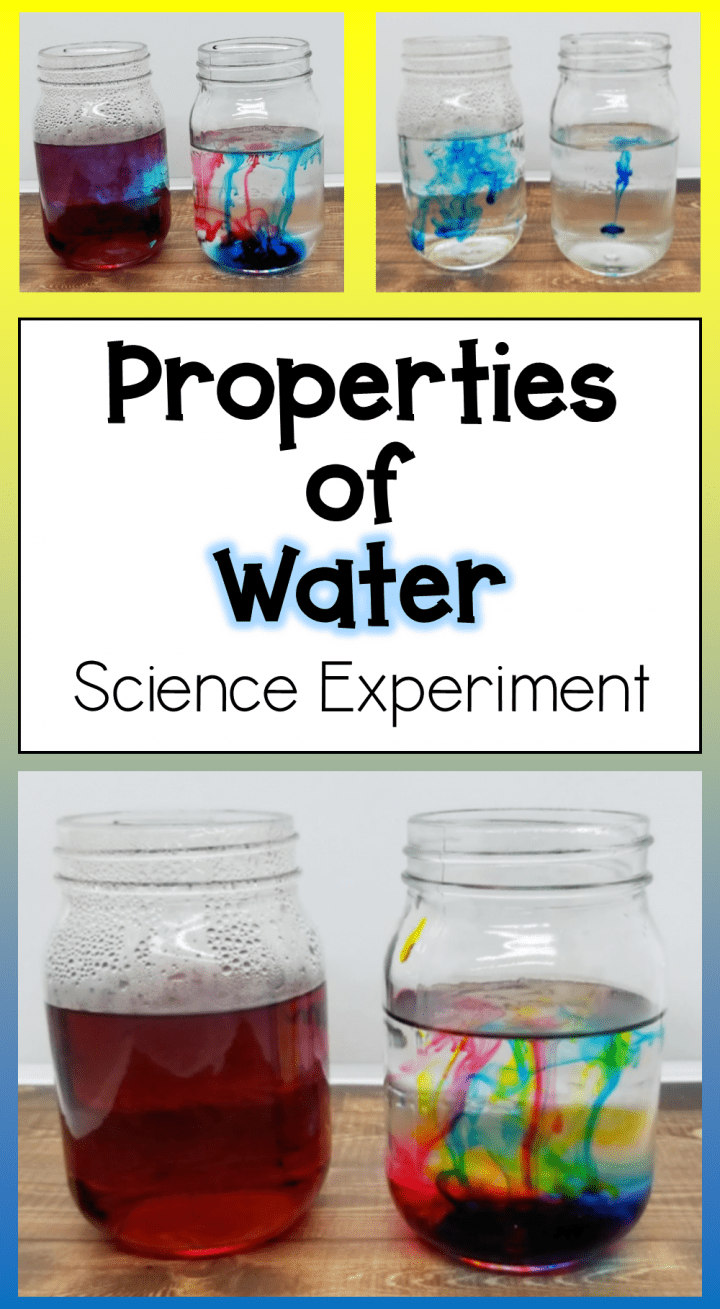
Properties of Water Experiment
Start with 2 large clear (heat safe) containers. Add ice cold water to one container. Initially, I typically leave a few ice cubes in the water to show kids how cold it is.
To the other container, add the really warm water.
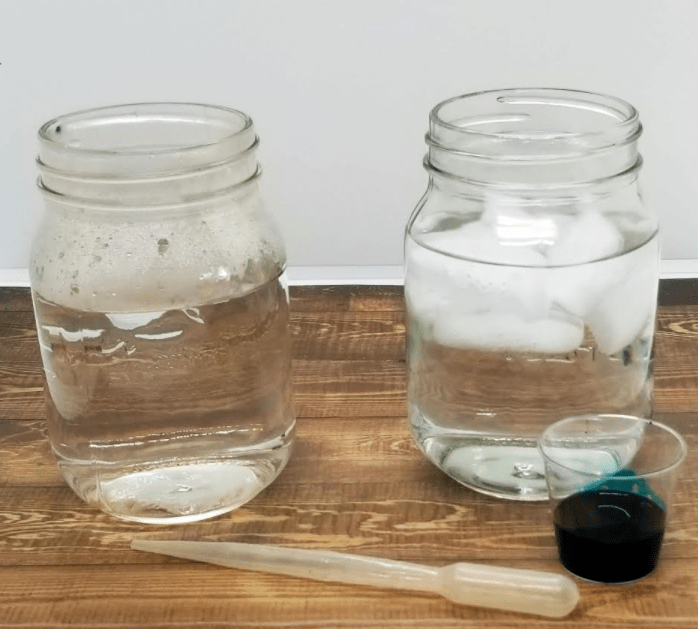
Remove the ice cubes and ask children if they notice any difference in the waters. They are both clear and look the same. However, depending on how cold and hot your water is, some children may notice a bit of steam in the warm water jar.
They may also notice a bit of frost or condensation on the jars. This is a great observation if any children notice it.
Next, ask children what they think will happen if you add a drop of food coloring to each jar.
The first answers, were of course, that the water would change color. I asked if they thought there would be any difference between the two jars with the color in it.
Generally, kids predicted that since they were both just water, that the temperature wouldn’t make a difference. This properties of water experiment for kids shows children the difference with their own eyes.
The Steps for our Properties of Water Experiment
To start, add a drop of food coloring to each jar. I used a pipette to carefully add only one drop. Make sure to watch carefully because the reaction is immediate.
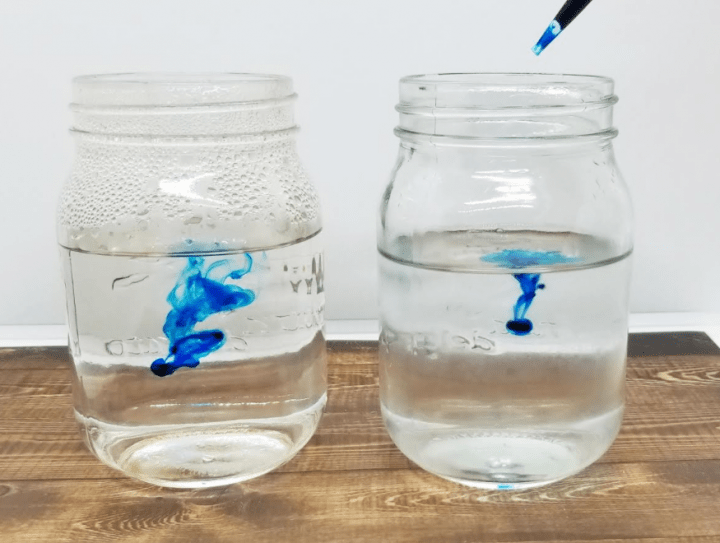
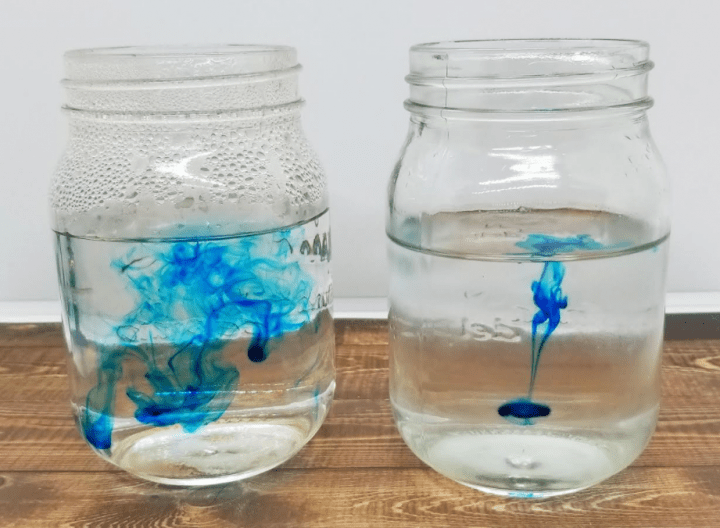
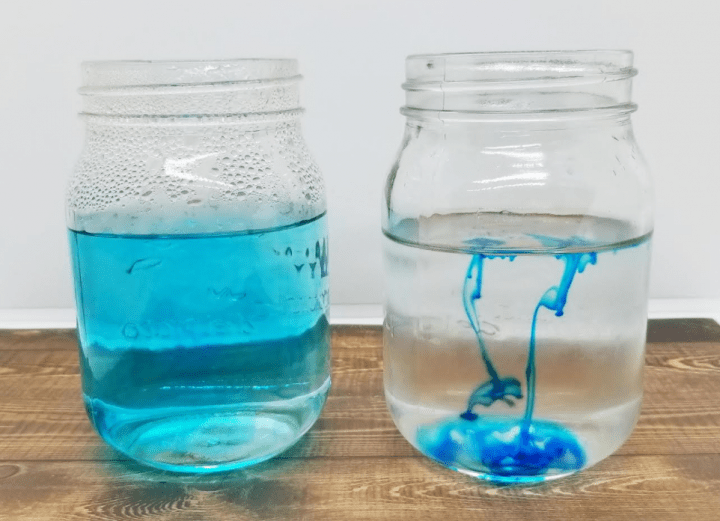
Within seconds, you will notice that the coloring in the warm water disperses and mixed in with the water very quickly. The whole jar becomes colored.
The drop of color in the ice cold water, however, does not react the same. It slowly falls to the bottom, but does not mix in with the water immediately. It takes a long time to fully mix in.
Children can clearly see that there is something different happening in each of the jars. The only difference between the jars is the temperature of the water.
The children enjoyed watching the drop of color fall into the two jars. So, we added another color to each of the jars. The same reaction happened. It was interesting to see how fast the color in the warm water mixed with the new color.
In the hot water, the drop of food coloring spread out quickly and changed the color of the water at a much faster speed than the cold water.
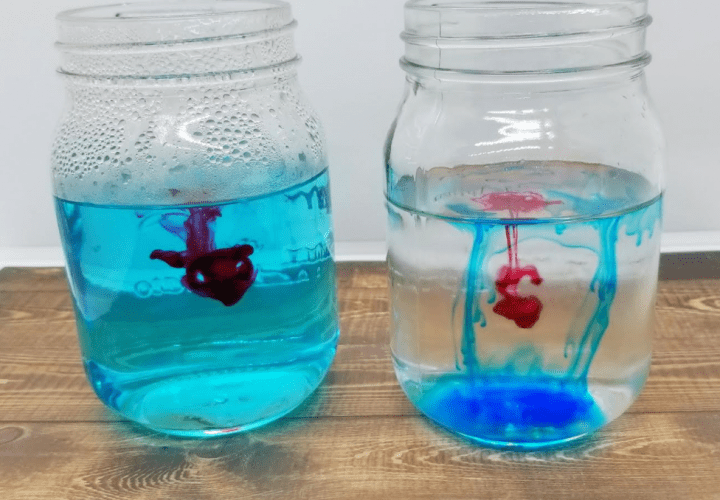
There is something mesmerizing about watching food coloring mix into water. So it is always interesting to watch.
The experiment also led to great discussion as to why there was the difference between the waters that otherwise look identical.
The experiment very clearly demonstrates that the water molecules are behaving differently in the 2 jars. This is where the science comes in!
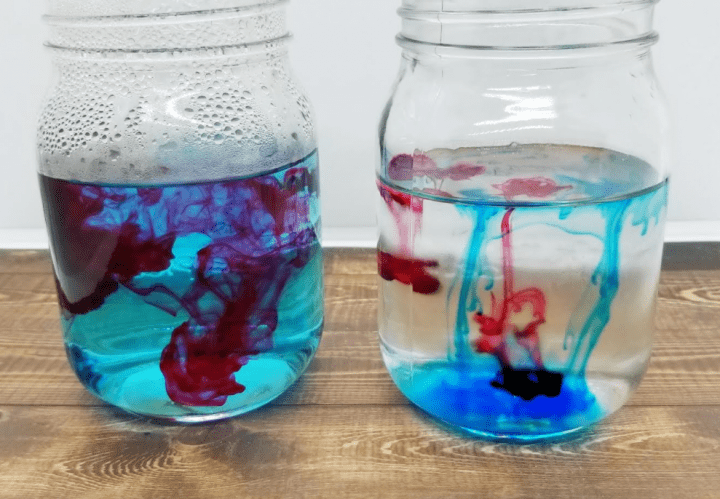

The Science for Kids
Understanding why the water and food coloring behave in the way they do, can be a challenging concept for children. However, it can be explained in a simplified, but still scientific way.
I explained to my students that the water is made up of tiny molecules. When these molecules are heated they move around very quickly and bounce off of each other. We can’t see this with our eyes, but we can see what happens to the food coloring.
When you add the food coloring to the warm water, the molecules bang into and move the food coloring around fast with them. Which we see as the color mixing quickly in the jar.
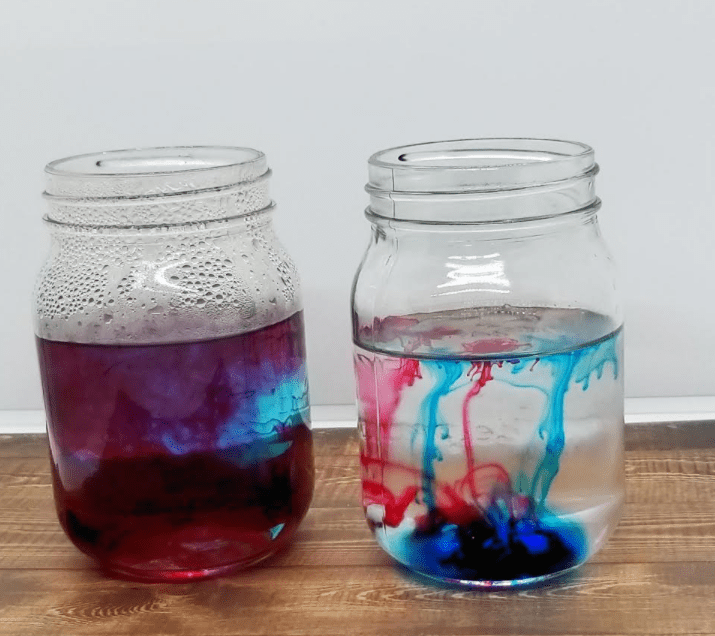
In the cold water, however, the molecules are don’t move as fast. They fall to the bottom of the jar and do not mix.
Therefore, when you add the food coloring, it moves slowly along with the water molecules in the cold water. The colder, the slower the food coloring will move.
To further the idea, the molecules in ice barely move at all.
I always have children show me with their hands and bodies how the different water molecules behave. For hot water, they move their bodies quickly and move their arms around. For cool water, they slow down and when they turn to ice, they stand still and barely move at all.
Having children move their bodies like the molecules is a great gross motor activity too!
Understanding that the water is doing something that our eyes can’t see is a tricky concept for children, however, seeing the difference with how the food coloring behaves proves that the waters are different.
Extension Activity
Since the group of children that I did this experiment with were also learning about colors and color mixing, I ended up adding different colors to the two jars and we watched as the colors mixed together.
You could also try this experiment using many heat safe jars. You could have waters with varying temperatures and test putting a drop of food coloring in each. You could also time how long each jar takes for the food coloring to mix in.
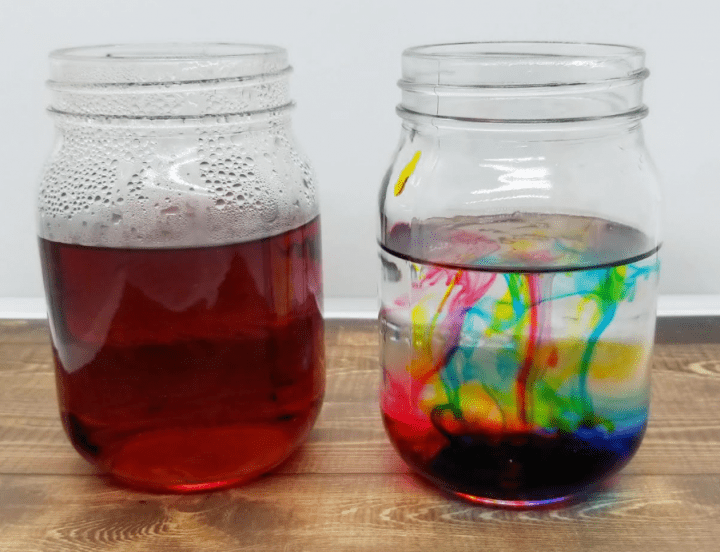
Join Hands-On Teaching Ideas
Join Hands-On Teaching Ideas to gain access to my Free Resource Library filled with lots of printable learning resources, from a choice board full of STEM activities for kids to escape room games, you can download anything that interests you for your classroom or home. Subscribe here.
For your convenience, this post contains affiliate links. As an Amazon Associate I earn from qualifying purchases and I may earn a small commission at no cost to you.
More Hands-On Teaching Ideas
Looking for more learning activities? Below is a collection of my favourite and most popular activities.



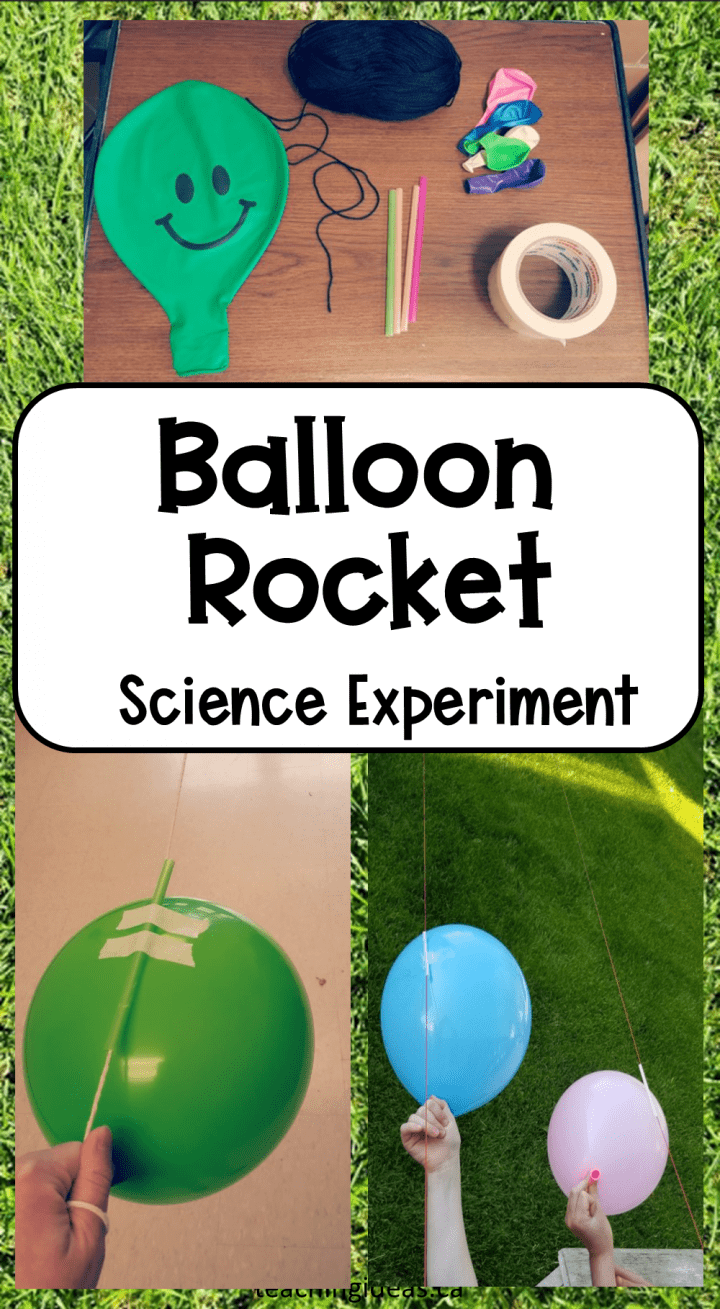
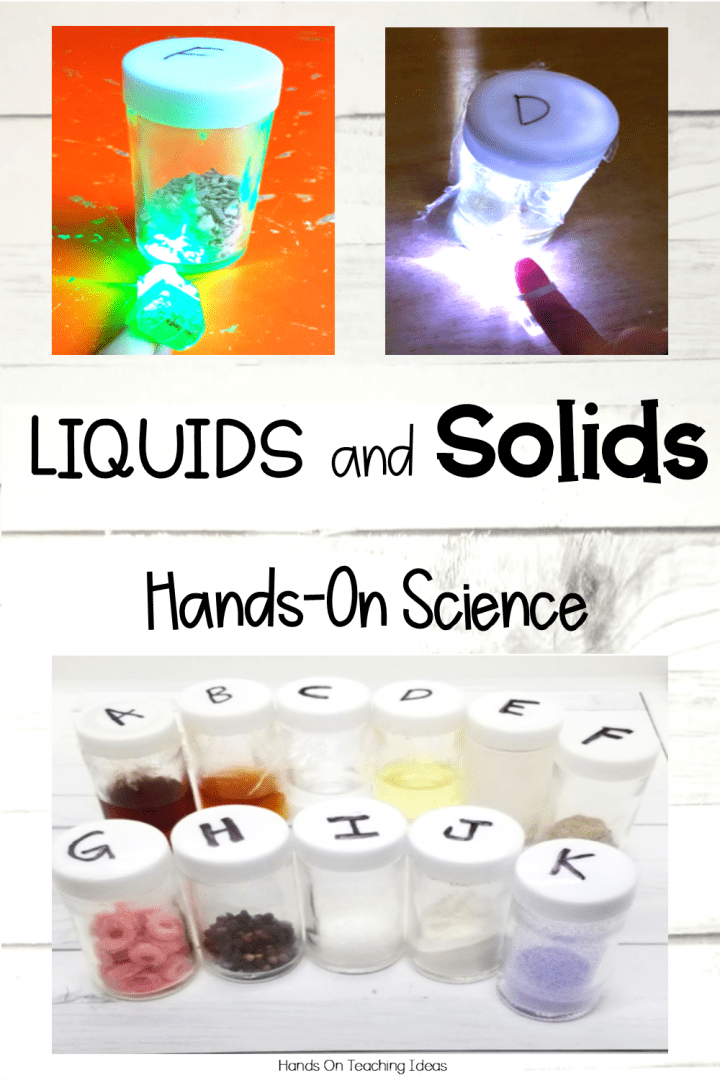
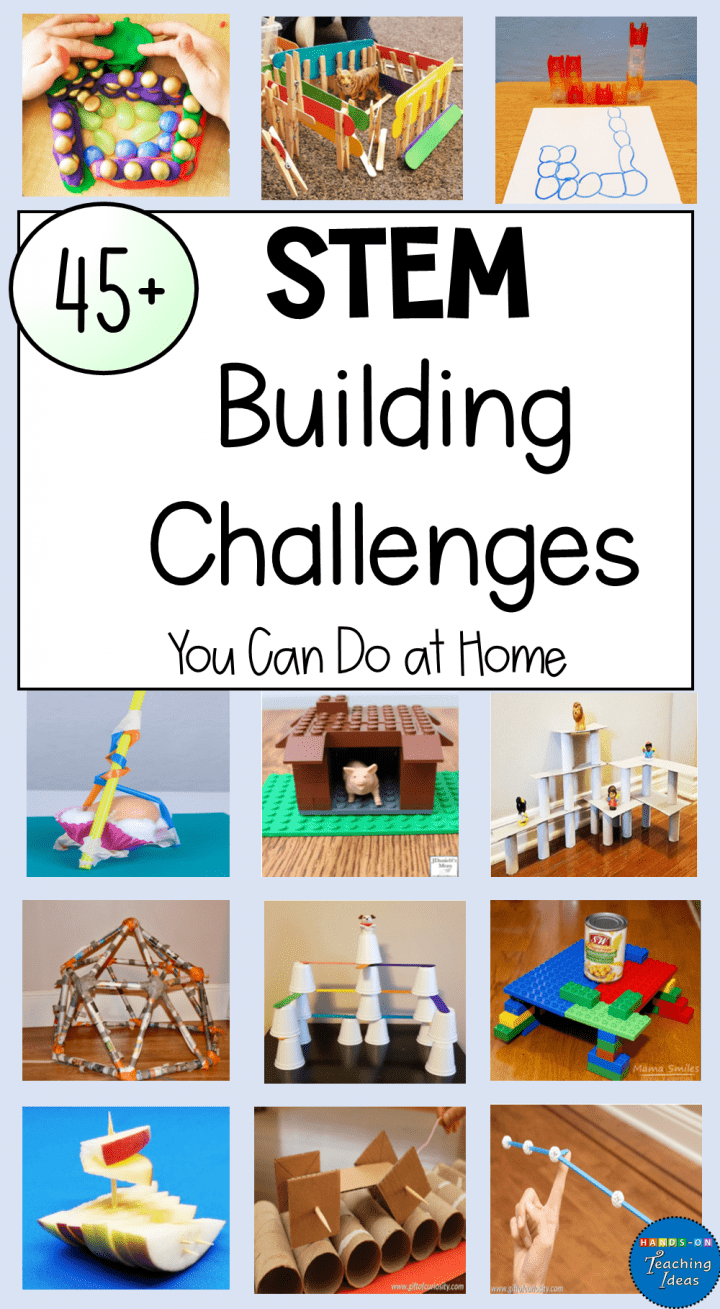
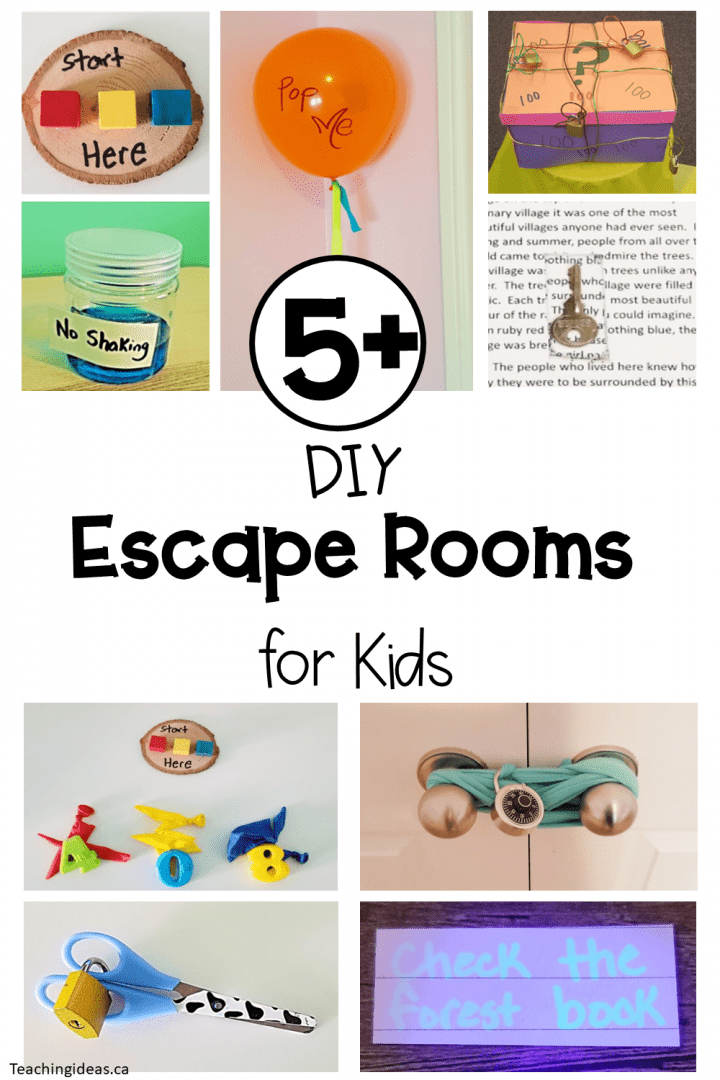
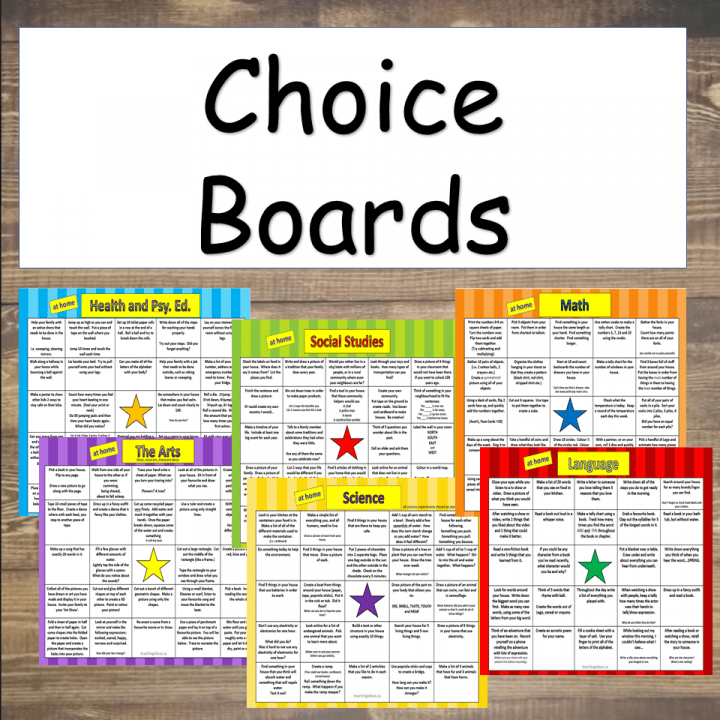
Leave a Reply